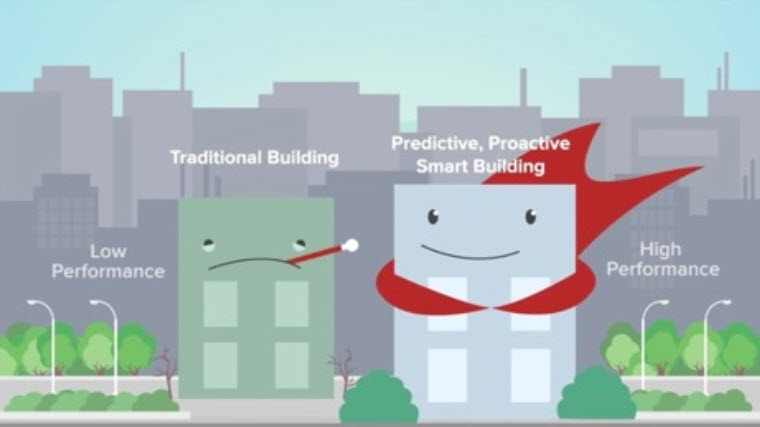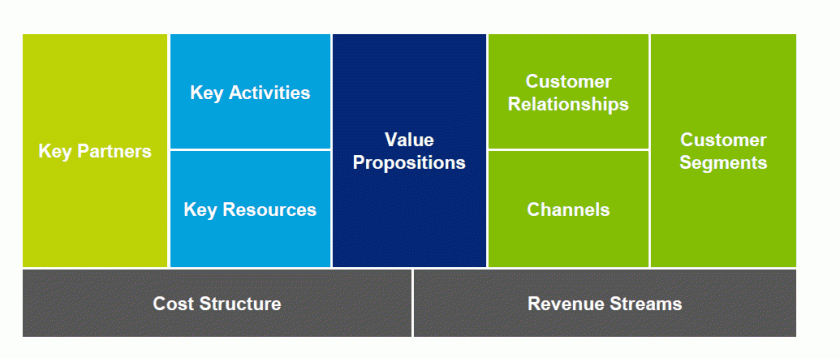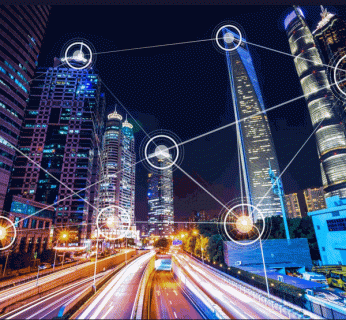 Energy is essential to the modern economy. It provides the vital power source of electricity for industry, for public services and powering infrastructure, as well as resolving domestic activities where heating, lighting, cooking can take place in different ways from traditional wood fires. Our growing reliance on communications, technology, and mobility all are reliant on having this constant source of energy.
Energy is essential to the modern economy. It provides the vital power source of electricity for industry, for public services and powering infrastructure, as well as resolving domestic activities where heating, lighting, cooking can take place in different ways from traditional wood fires. Our growing reliance on communications, technology, and mobility all are reliant on having this constant source of energy.
As we grapple with the impact and effects of the CORVIt- 19 virus, we are rightly ‘transfixed’ on saving lives, keeping people healthy, but underpinning this is maintaining essential services. A reliable, constant power source is critical for hospitals, for our homes and work environments to support and sustain us.
The energy mix has dramatically dropped off within Manufacturing and Commerical Buildings as we all are forced to stay at home. The Utility companies are doing fantastic jobs of switching power to where it is needed but making sure they are indeed #keepingthelightson. Yet we do need to think beyond the present at some time, hopefully, real soon. Continue reading

 In our need to have in place a low-carbon or zero-carbon world, Hydrogen supply seems to be an essential part of that.
In our need to have in place a low-carbon or zero-carbon world, Hydrogen supply seems to be an essential part of that.

 When you stop and think, you realize that infrastructure, at its core, is undoubtedly about connectivity.
When you stop and think, you realize that infrastructure, at its core, is undoubtedly about connectivity. There are many barriers or concerns about implementing Smart Infrastructure that we need to address; otherwise, it will be held back if we do not adequately resolve these.
There are many barriers or concerns about implementing Smart Infrastructure that we need to address; otherwise, it will be held back if we do not adequately resolve these.
 Today 55% of the world’s population resides in urban areas; in2050, that will be staggering at 68% of the world population will be living in cities.
Today 55% of the world’s population resides in urban areas; in2050, that will be staggering at 68% of the world population will be living in cities.